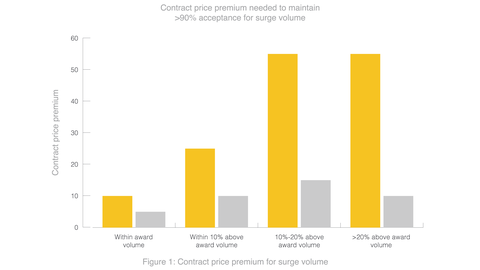In our second session of the Science-based transportation logistics masterclass series, we take an operational perspective on the spot vs. contract debate.
In our first masterclass, we discussed the best practices for determining what should be procured via contract, and what should be left to spot procurement, especially in cases where more information becomes available during the execution stage.
In this follow-up session, we explore the decision-making process during the execution stage, after the contracts have already been established, using a portfolio approach to freight procurement. Specifically, we examine which factors should be considered when deciding whether to send a shipment through an existing contract or directly to the spot market.







